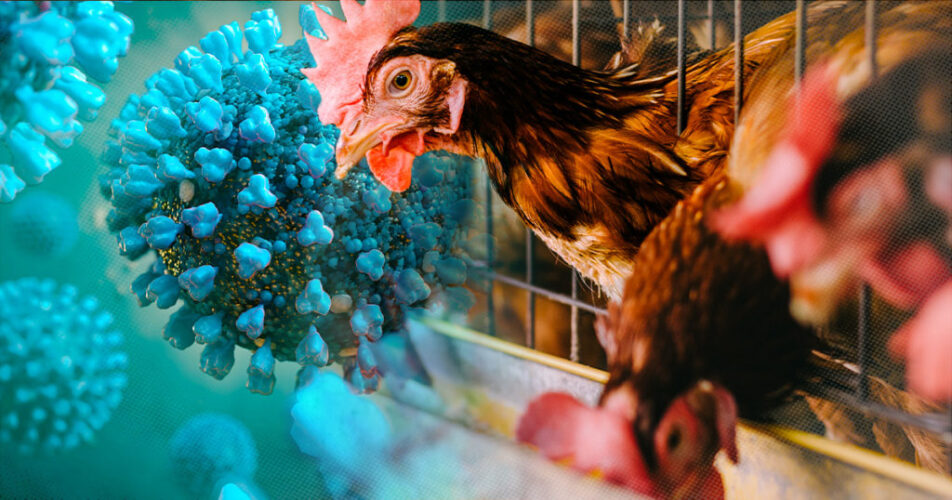Federal authorities are addressing concerns after the confirmation of the second-ever case of a human contracting the “highly pathogenic” bird flu in the United States, reported in Texas on Monday. The infected individual, identified as a dairy worker, exhibited minor symptoms and has received treatment, according to the Texas Department of State Health Services.
Despite this development, the Centers for Disease Control and Prevention (CDC) emphasized that the overall human health risk assessment for the H5N1 bird flu in the United States remains low. The CDC highlighted that individuals with close or prolonged, unprotected exposure to infected birds or other animals, including livestock, are at greater risk of infection.
The United States Department of Agriculture (USDA) has confirmed infections of dairy cattle herds in five states: Texas, Kansas, Michigan, New Mexico, with results in Idaho presumed to be positive. The movement of cattle across state lines, particularly from Texas, has contributed to the spread, prompting temporary restrictions on cattle imports in states like Nebraska.
Key Points:
- Worst Outbreak in U.S. History Among Animals
- The recent outbreak of avian flu, also known as H5N1 or avian influenza, marks a significant challenge for the agricultural sector, particularly poultry.
- While the avian flu has historically affected poultry, human infections are rare, with sporadic and isolated cases since its emergence.
- Second-Ever Human Infection in US
- The recent case involving the Texan dairy worker is only the second recorded human infection in the United States, and notably the first contracted from cattle.
- Previously, in 2022, a Colorado prisoner contracted the virus while participating in a work program at a poultry facility.
- Record Outbreak Among Poultry
- The highly pathogenic avian influenza (HPAI) has significantly impacted the poultry industry, resulting in substantial losses and mass culls of commercial poultry.
- Recent orders for depopulation, such as the one affecting nearly 2 million chickens at a facility in Farwell, Texas, underscore the severity of the situation.
- Ongoing Monitoring and Recommendations
- Despite the low risk to the general public, public health authorities emphasize the importance of vigilance and good hygiene practices.
- The World Health Organization (WHO) has called for extensive monitoring of HPAI cases, both in animals and humans, to mitigate the risk of potential mutation and human-to-human transmission.
In conclusion, while the recent cases of bird flu in the United States are concerning, authorities are actively managing the situation, and the overall risk to the public remains low. Continued monitoring and adherence to recommended precautions are essential to prevent further spread and ensure public safety.

